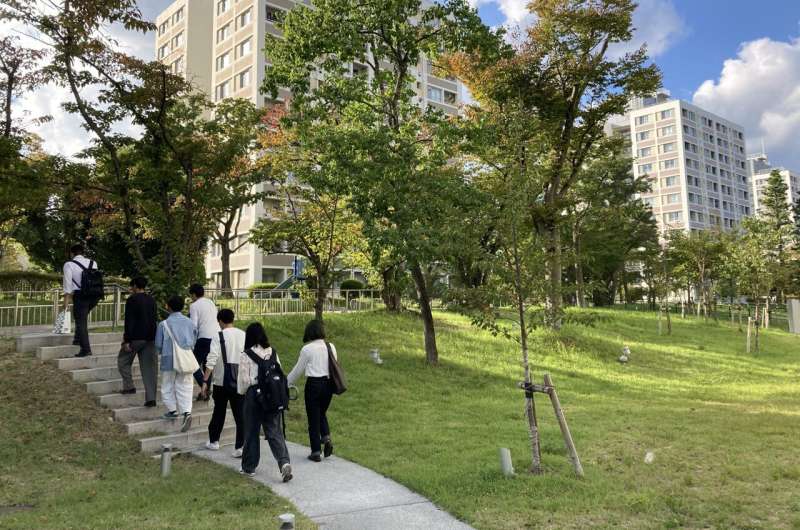Exploring the critical role of green spaces in our daily lives, this blog post examines the latest research that suggests easy access to nature is a fundamental human right. Discover how factors like the availability of green spaces, nature relatedness, and past experiences shape our interactions with the natural world, and learn how urban planning and education can help promote more equitable access to the health benefits of nature. Urban planning and environmental education emerge as key strategies to address the inequality in nature access.

Empowering Daily Interactions with Nature
In a world increasingly dominated by urban landscapes, the importance of easy access to nature in our daily lives has never been more crucial. A groundbreaking study led by researchers at Kobe University has uncovered the factors that influence people’s exposure to the natural world, shedding light on the complex interplay between the built environment, personal experiences, and our connection to nature.
The study, published in the Journal of Environmental Management, surveyed over 3,500 individuals across Japan’s Kanto and Kansai regions, exploring their patterns of visiting green spaces, the availability of such spaces in their daily environments, and their personal history with nature. The findings paint a fascinating picture of how the integration of nature into our everyday routines can have a profound impact on our physical and mental well-being.
Bridging the Inequality Gap in Nature Access
The study’s lead author, Uchiyama Yuta, a human environmental scientist at Kobe University, emphasizes the critical importance of addressing the inequalities in access to nature. “Even though the access to quality natural environments is a basic human right, it tends to be treated as a low-priority issue because policymakers think that it can be addressed indirectly through economic growth,” he explains.
The research team’s findings, however, challenge this notion, revealing that the availability of green spaces throughout people’s daily environments, not just around their homes, is a key factor in determining the frequency of their nature visits. This insight holds significant implications for urban planning and environmental management, as it suggests the need for a more holistic approach to integrating nature into the fabric of our daily lives.
Cultivating a Nature-Centric Mindset: The Role of Environmental Education
The study also uncovers another crucial factor in shaping our connection to the natural world: our past experiences and personal nature relatedness. The researchers found that individuals with stronger nature relatedness and more extensive childhood experiences in natural settings were more likely to seek out and engage with green spaces in their daily lives.
This finding underscores the vital role of environmental education in fostering a deeper appreciation and connection to nature, not just for children, but across all generations. As Uchiyama explains, “This shows how important effective environmental education for all generations is.” By investing in educational programs that cultivate a nature-centric mindset, policymakers and community leaders can empower individuals to actively seek out and embrace the health benefits of regular interactions with the natural world.
As the Kobe University team continues its research, exploring the direct health outcomes associated with nature visits and leveraging Big Data approaches to trace people’s movements and exposure to green spaces, their work promises to provide even more insights into the complex interplay between our built environments, personal experiences, and our fundamental right to access nature.
